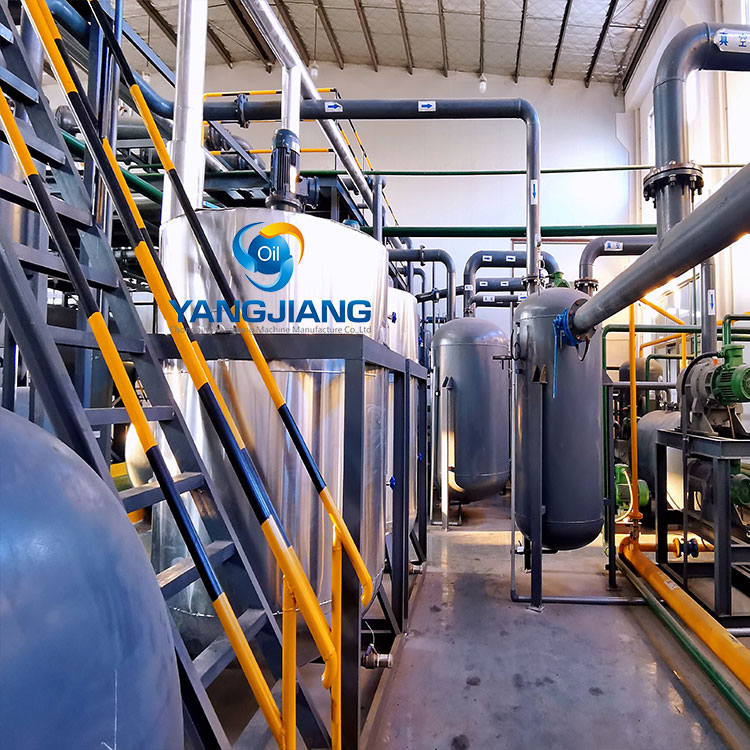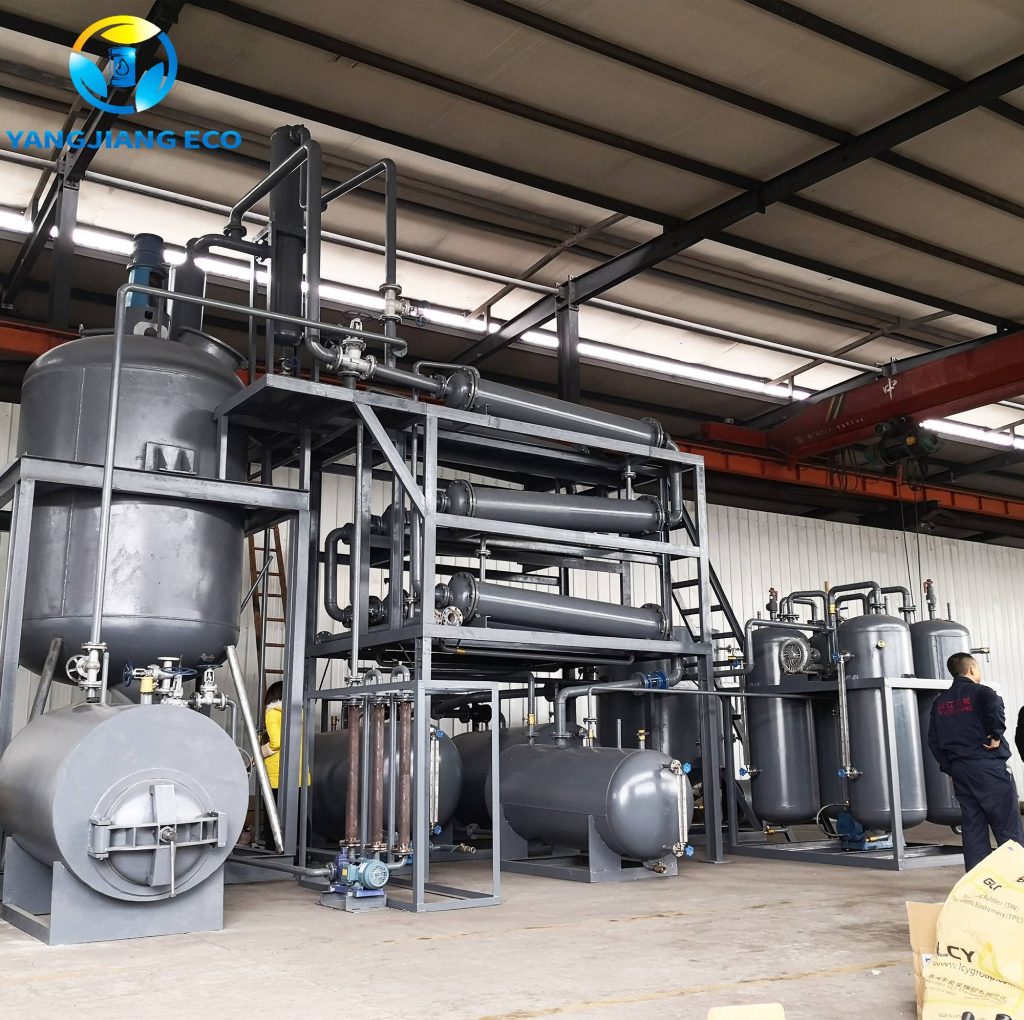Lube oil refineries play a crucial role in the production of premium lubricants that are required for engines, equipment, and industrial operations. The refineries process crude oil or used lubricants and clean them to remove impurities, enhance performance, and extend the lubricating oils’ lifespan.
Knowledge of various types of lube oil refineries assists industries in selecting the optimal refining process for them. In this article, we discuss the major categories of lube oil refineries and a comparison of the advantages of each.
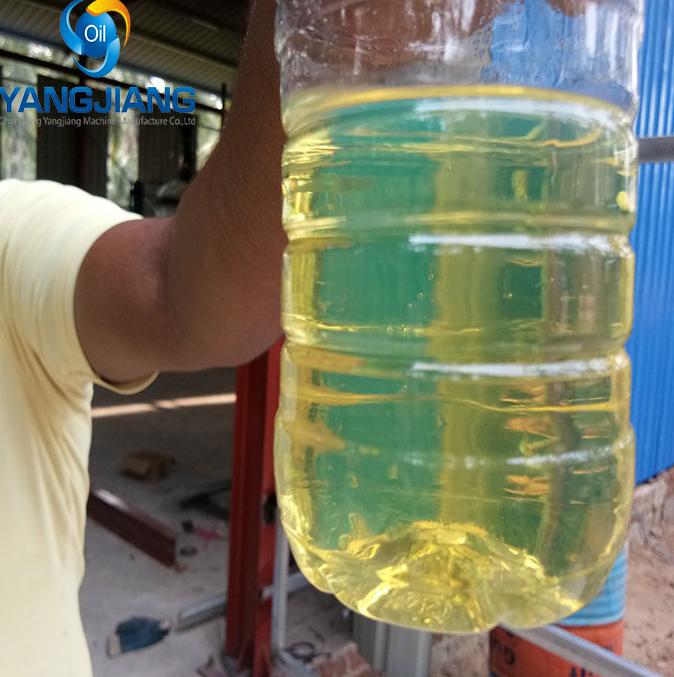
Importance of Lube Oil Refineries
Lube oil refineries are critical in today’s industry as they provide the necessary base oils used in multi-purpose lubrication systems. These oils are vital in a wide range of applications, from automotive engines to heavy-duty industrial machinery. Using lubricating oils enhances performance as they help in reducing friction, minimising wear, dissipating heat, and protect components from corrosion. Refined lube oils are important to enhance the productivity of machines and pertain to the maintenance standards, as without them machines would need costly maintenance.
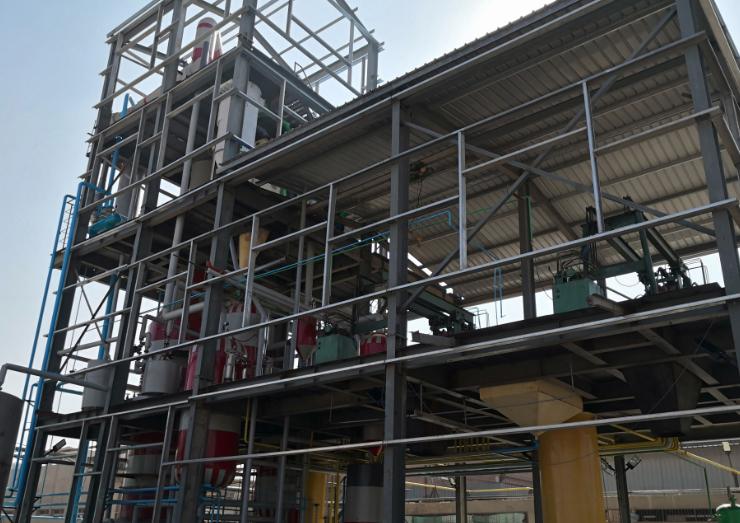
Used lubricants and crude oil fractions are transformed in these refineries to produce base oils that are high performance, stable, and have a controlled viscosity, thermal stability, and oxidation resistance. All intermediates produced after each step of the refining process have to meet the strict industry standards and during each step, the oil’s properties are enhanced along with removal of impurities.
Lube oil refineries have become extremely important with the advent of enhanced performance expectations and stringent environmental policies. These refineries are able to enhance the longevity of industrial machinery and improve the eco-friendliness of the processes used. This is achieved when better refining technologies are adopted along with the implementation of improved resource management.
Types of Lube Oil Refineries
Lube oil refineries turn crude oil or waste lubricants into base oils through the lube oil refining process. Such refineries may be grouped into four basic types – solvent refining, hydroprocessing, catalytic dewaxing, and re-refining – based on the feedstock and processing methods. Each lube oil processing plant type utilises different technologies that lube oils perform in certain ways.
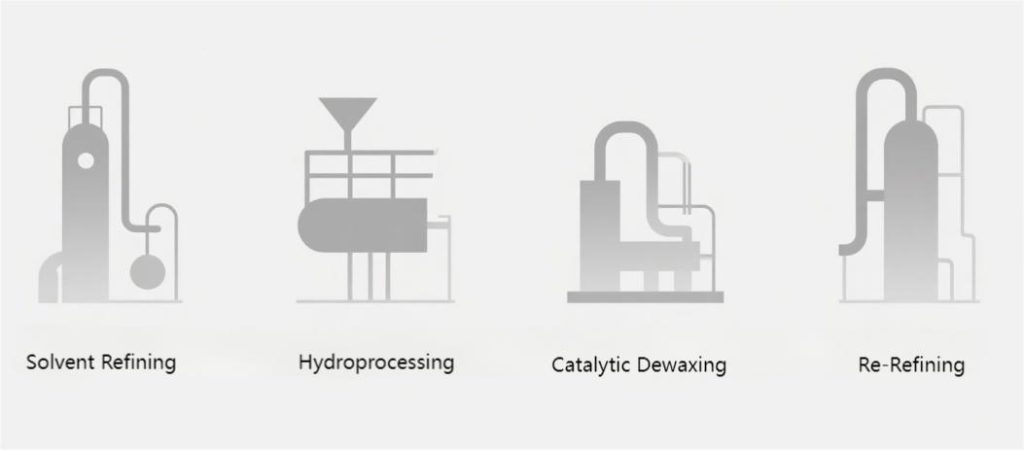
1. Solvent Refining
Solvent refining is one of the older, more mature processes. It uses selective solvents such as phenol or furfural to remove impurities such as aromatics, asphaltic materials, and unstable molecules. The product is Group I base oils that are suitable for use in applications where not excessive performance is required. Although low cost and high volume capable, solvent refining is not as efficient in meeting today’s low-sulfur and high-performance requirements.
2. Hydroprocessing
Hydroprocessing is a high-tech, cleaner technology that treats feedstock in the presence of hydrogen at elevated pressures and temperatures. Hydroprocessing desulfurizes, denitrates, and de-aromatizes/saturates hydrocarbon molecules to produce high-oxidation-stability, color, and viscosity-index Group II and Group III base oils. Although it is more expensive in terms of capital and operating costs, hydroprocessing generates acceptable stringent automobile and industrial specifications.
3. Catalytic Dewaxing
Catalytic dewaxing focuses on improving low-temperature properties of base oils through the removal or alteration of wax molecules. Long-chain paraffins are cracked or isomerized via proprietary catalysts, reducing pour point and giving cold-weather performance. Catalytic dewaxing is generally coupled with hydroprocessing to produce high-quality base oils suitable for applications requiring outstanding flow at below-zero temperatures.
4. Re-Refining
Re-refining recycles spent lubricating oil and re-manufactures it to high-quality base oils. Impurities including dirt, water, metals, and aged additives are removed by methods like vacuum distillation, hydrotreating, and filtration. This not only saves natural resources, but it reduces the environmental pollution from disposal of waste oil as well. New re-refining has the potential to produce oils of equal or better quality compared to virgin base oils and is thus a steadily more acceptable replacement for environmentally conscious markets.
Each form of refining is applied to different purposes—whether that be the economic effectiveness of solvent refining, the high-performance character of hydroprocessing, the specialty benefits of catalytic dewaxing, or the re-refining benefit.
Comparison of Lube Refinery Types
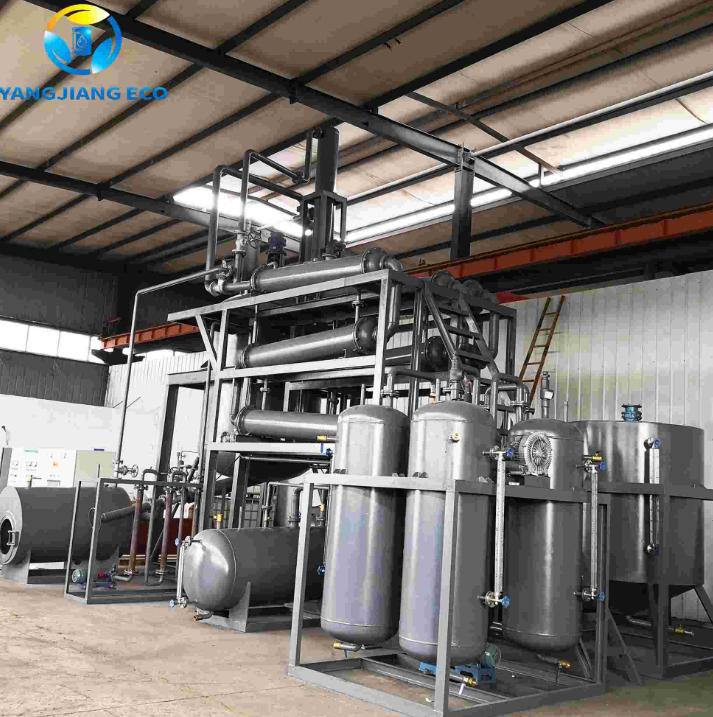
Every method of lube oil refining has its specific pros and cons based on performance needs, ecological regulations, and cost of production. For example, solvent refining is still the most economical option for acquiring Group I base oils, whereas hydroprocessing is needed for high-purity Group II and III oils and more demanding applications. Catalytic dewaxing is best known for enhancing cold-weather performance and is usually used in combination with other refining methods. Among the different methods of lube oil refining, re-refining used lubricants, which is also the most eco-friendly, stands out for producing great quality oils with less environmental harm.
The table below summarises the key characteristics of each refining type:
| Refinery Type | Base Oil Group Output | Key Advantages | Main Limitations | Common Applications |
| Solvent Refining | Group I | Low cost, large-scale production | Lower purity, limited modern compliance | Industrial lubricants, older engine oils |
| Hydroprocessing | Group II / III | High purity, low sulfur, better stability | Higher investment costs | Automotive, high-performance machinery oils |
| Catalytic Dewaxing | Group II / III | Excellent low-temp performance | Not standalone, adds cost | Cold-weather automotive and industrial oils |
| Re-Refining | Group I / II | Eco-friendly, resource-efficient | Quality depends on used oil feedstock | General lubricants, sustainable oil brands |
To Conclude
The choice of lube oil refining method—whether solvent refining, hydroprocessing, catalytic dewaxing, or re-refining—depends on the desired base oil quality, cost considerations, and environmental impact.
While solvent refining remains a cost-effective option for Group I oils, hydroprocessing and catalytic dewaxing are ideal for premium Group II and III base oils. Re-refining offers a sustainable solution by recycling used lubricants.
Understanding these refinery types helps industries select the best refining process to meet their lubrication needs efficiently and sustainably.
Interested in lube oil refinery plant? Contact YANGJIANG for more Information!
Recommended Products

